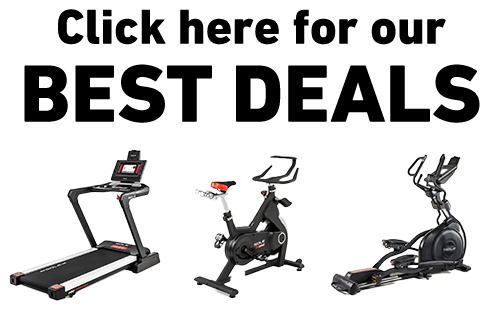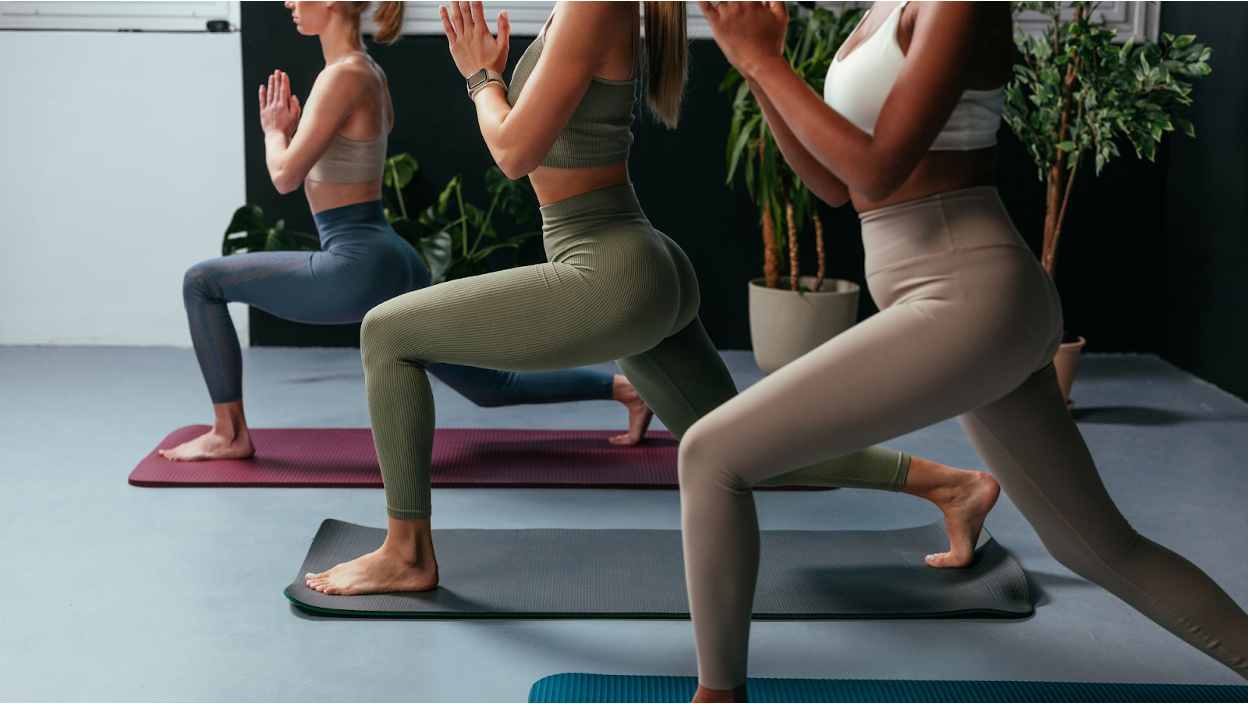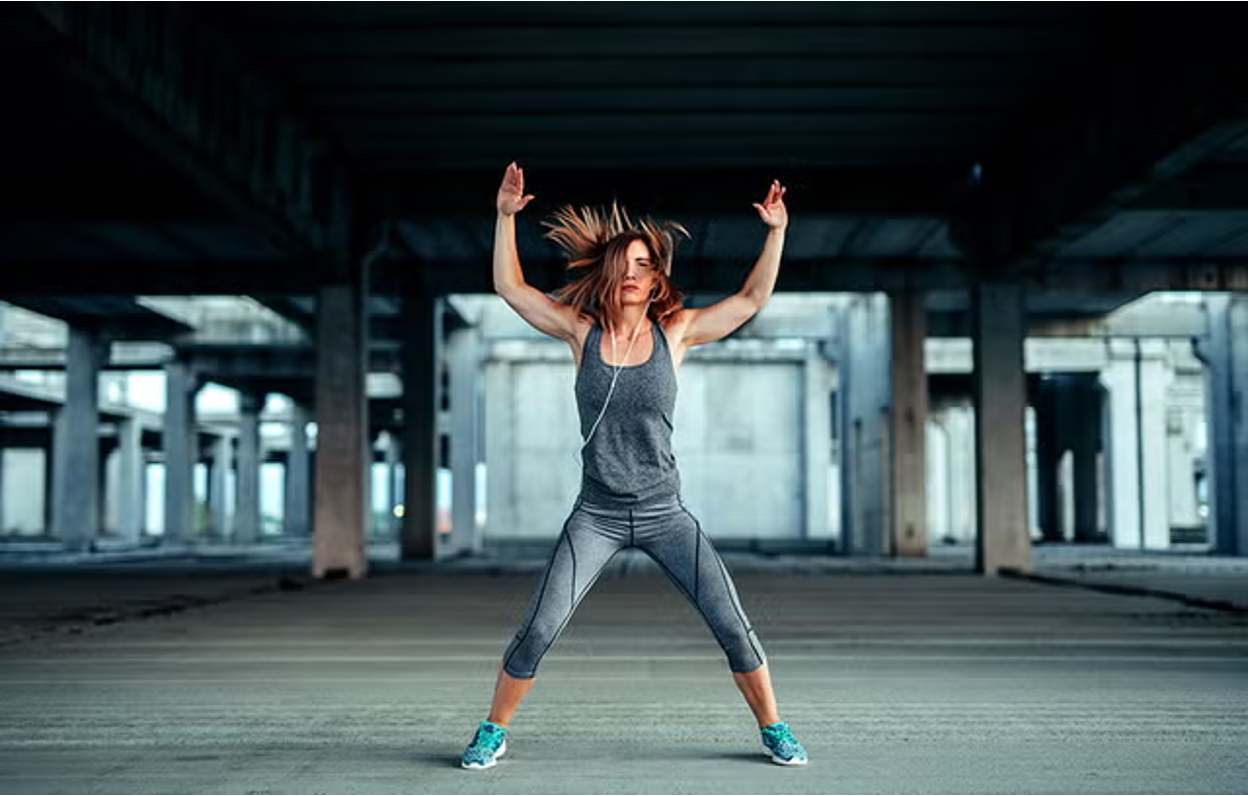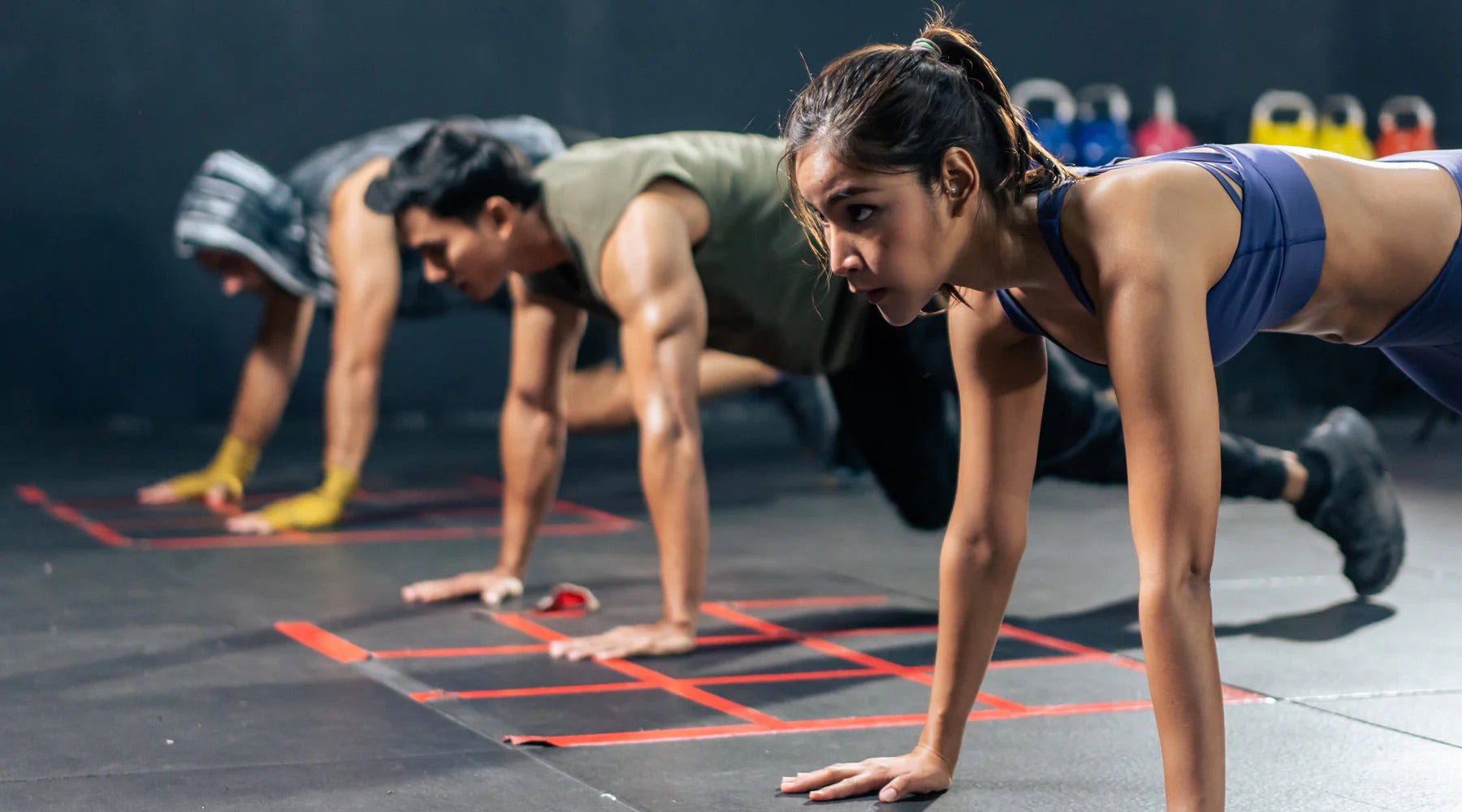Key Takeaways
- Mountain climber alternatives are a solid way to boost your cardio and core strength while going easy on your joints. They’re simple to do and don’t require fancy gear.
- Moves like high knees, plank shoulder taps, and standing knee drivers are easy to adjust based on your fitness level, so anyone can jump in and see progress.
- Adding tools like dumbbells or benches can dial up the intensity, helping you burn more calories and activate more muscles with each session.
- You can further boost results by adding resistance and challenge to these moves; SOLE Fitness dumbbells are ideal for safe, ergonomic progression as you get stronger.
Understanding High Knees: Benefits and Drawbacks
High knees involve jogging or running in place while rapidly lifting your knees to hip height or higher, often at a fast pace. This exercise targets the hip flexors, glutes, quadriceps, core, and calves, providing an excellent cardiovascular challenge and agility boost.
Benefits of High Knees:
- Rapidly increases heart rate for effective cardio.
- Engages core and lower body muscles.
- Improves coordination, agility, and running form.
Drawbacks & Risks:
- High-impact; each landing can stress knees, ankles, and hips.
- Not suitable for those with joint pain, injuries, or beginner exercisers.
- May be inappropriate for older adults or individuals returning from rehabilitation.
|
At SOLE, we're proud to offer top-quality exercise equipment designed for home and gym use. Our machines are built to meet the highest standards of durability and performance, making them ideal for fitness enthusiasts at any level. SOLE Products
|
Best Low-Impact Alternatives
1. Marching in Place (High Knee March)
Marching in place strengthens your core, improves balance, and elevates your heart rate, making it a powerful, equipment-free move for any routine. (Image courtesy of Eat This Not That)
Marching in place might seem simple, but it packs a surprising punch. Here's how to do it right, and why this low-impact move deserves a spot in your daily routine.
How-To
- Stand tall, feet hip-width apart.
- Lift one knee toward your chest (as high as comfortable), swing opposite arm forward.
- Alternate sides in a marching rhythm, emphasizing posture and core engagement.
- Increase speed for a cardio boost.
Benefits
- Low-Impact Cardio: Protects knees, hips, and ankles by eliminating jumping yet raises heart rate for aerobic conditioning.
- Circulation & Heart Health: Enhances blood flow, helping cardiovascular and respiratory systems, even from brief sessions.
- Strengthens Core and Balance: Regular marching activates abs and back muscles, improving stability and reducing fall risk, especially helpful with aging.
- Mobility & Coordination: Trains balance and limb coordination, beneficial for everyday movements and injury prevention.
- Bone & Muscle Strength: Engages hips, glutes, and lower body, aiding in the development of bone density and muscle tone.
- Mental Well-Being: Movement increases endorphins, which can boost mood and reduce stress.
- Versatility: Can be modified for all fitness or mobility levels and performed anywhere.
Trainer’s Tip: Try 5-second pauses at the top of each knee, or add light weights for a challenge.
2. Squat with Knee Lift
The goal is maintaining that controlled, upright posture as you lift your knee; no bouncing or rushing through the movement.
Squat with Knee Lift is a dynamic move that blends strength, balance, and mobility into one fluid motion. Here’s how to do it properly and why it’s a great addition to any workout routine.
How-To
- Stand feet shoulder-width apart, arms forward or by your sides.
- Perform a squat—sit back, keep chest lifted.
- As you rise, lift one knee toward your chest; alternate sides with each squat.
- Keep both moves controlled and focus on upright posture.
Benefits
- Full Lower-Body Activation: Works glutes, quads, hamstrings, and hips while also recruiting your core for stability.
- Improves Knee and Joint Health: Repeated squatting with controlled movement improves flexibility, strengthens the muscles that support the knees, and may prevent injury.
- Builds Functional Strength: Mimics real-life motions (like sitting and standing), supporting mobility across ages and backgrounds.
- Enhances Flexibility & Motion: Increases range of motion in knees, hips, and ankles, keeping soft tissues supple.
- Supports Bone Density: As a weight-bearing exercise, it helps maintain and potentially increase bone strength, useful for long-term joint health.
- Boosts Posture & Core Strength: Engaging your abs and back as you balance through the movement improves your posture both during and outside exercise.
- Balance & Coordination: The transition from squat to knee lift challenges balance, and it can be made more dynamic with torso twists.
Trainer’s Tip: Add a rotation over the lifted knee to work your obliques and enhance core engagement. Use a light dumbbell for further intensity.
3. Low-Impact Mountain Climbers
This slow, controlled version of mountain climbers gives you all the strength benefits without the joint-jarring impact of the traditional high-intensity version.
Low-Impact Mountain Climbers offer the strength-building benefits of a full-body move without the stress on your joints. Here’s how to do them right and why they’re a great choice for any fitness level.
How-To
- Begin in a high plank, hands under shoulders.
- Slowly drive one knee toward your chest, return, alternate to the other knee.
- Move at a measured pace; avoid any bouncing or hopping.
Benefits
- Total-Body Training: Engages shoulders, chest, abs, glutes, and legs, for both strength and endurance.
- Cardiovascular Endurance: Done even at a slow pace, mountain climbers raise heart rate and fortify aerobic capacity.
- Joint Protection: Removing the “jump” means minimal impact on knees and ankles; ideal for those with joint sensitivity.
- Agility & Coordination: The alternating leg movement, kept rhythmic, sharpens balance and foot-hand coordination.
- Flexibility & Mobility: Regularly moves hips and knees through their range of motion, enhancing everyday mobility.
- Posture & Core Stability: Contrasting positions (plank to knee in) challenge and strengthen the muscles that support spine and pelvis alignment.
- Adaptable Intensity: The pace and range can be scaled for all fitness levels; beginners can perform with hands elevated on a step or bench.
Trainer’s Tip: Keep a flat back and squeeze your core to minimize stress on your lower back.
The Science and Value of Low-Impact Cardio
Low-impact cardio helps reduce strain on your joints, which lowers the risk of overuse injuries and makes it easier to recover between sessions. It’s a smart approach for staying consistent with daily movement.
These exercises also support muscle strength and bone density; important for staying strong and mobile, especially with age. Because they’re so adaptable, they work for all ages and fitness levels.
Low-impact routines are easier to maintain, too. They lift your mood, boost energy, and can be done without wearing you out. When performed in sequence or with good intensity, they also improve heart health, support weight goals, and help lower disease risk.
Why Choose SOLE Fitness for Your Low-Impact Cardio & Strength Journey?
Getting into low-impact cardio and strength training should feel simple and effective. That’s where we come in. SOLE Fitness helps make every step, lift, and rep smooth on the joints while still delivering real results. Our dumbbells are built for comfort and control, with grippy handles and a smart, floor-safe design that fits into any space.
SOLE dumbbells give you that perfect grip and control you need for smooth, joint-friendly strength training right at home.
Each weight level fits right into your routine, no matter your pace or goals. You can power through squats with knee lifts or mountain climbers with gear that supports progress without extra strain. Our adjustable dumbbells give you solid control and help you push safely, all while protecting your floors and keeping things compact.
Our full lineup does even more. Treadmills like the F63 and F85 offer soft landings and smart programming to help you build stamina. Ellipticals and bikes glide with ease and give your joints a break while still building strength. Benches, and rowers are all crafted for balance, durability, and versatility, giving you room to grow or shift focus anytime.
We’re proud of the quality, and so are others. Our gear regularly earns “Best Buy” awards for how well it’s built and how long it lasts. You’ll also get full access to the SOLE+ App with 3,000+ free instructor-led workouts, tracking tools, and expert programming that fits your lifestyle.
With SOLE Fitness, you’re investing in safe, smart movement that lasts.
Frequently Asked Questions (FAQ)
What are some of the safest ways to modify mountain climbers for beginners or those with joint pain?
For beginners or anyone with wrist, knee, or back discomfort, try elevating your hands on a sturdy surface like a bench or step to reduce the load on your wrists and core. You can also slow down the tempo, perform step-ins rather than jumps, or limit your range of motion by bringing your knees only partway toward your chest.
Can mountain climber alternatives provide the same benefits as the original?
Yes—many alternatives like high knees, plank shoulder taps, knee drivers, deadbugs, and burpees can deliver comparable cardio and core-conditioning benefits, sometimes with less joint strain or more targeted muscle activation. The key is to maintain good form and choose options that suit your ability and goals.
What are common mistakes when performing mountain climber alternatives?
Typical errors include arching or sagging the lower back, letting hips rise too high or sink too low, excessive spinal movement, leaning the head forward, or losing shoulder blade stability. These mistakes can reduce effectiveness and increase injury risk. Focus on a strong, straight plank position and move with control.
How can I make these exercises more challenging as I progress?
To increase difficulty, add resistance bands or dumbbells, pick up the pace (for more cardio), try cross-body or spider variations for extra core work, or add movement combinations (like push-ups or plank jacks in between repetitions).
Which SOLE Fitness equipment is best for dynamic, bodyweight-based routines?
Our SW180 dumbbells are perfect for adding challenge to moves like plank taps or standing knee drivers. Multi-angle benches provide support for modified planks and are great for core and strength work. Pair these with our treadmills, bikes, or rowers for balanced training.







Leave a comment
This site is protected by hCaptcha and the hCaptcha Privacy Policy and Terms of Service apply.